#burgessia
Text
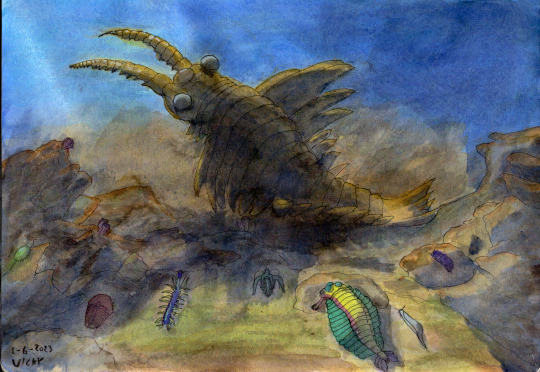
Mighty Anomalocaris stirs, spreading dust and terror throughout the Cambrian sea. Opabinia, Hallucigenia, Pikaia, Canadia, Burgessia, Marella, and Elrathia can only hope the rocks and ridges they cover behind will hide them.
#cambrian#anomalocaris#Opabinia#Hallucigenia#Pikaia#Canadia#Burgessia#Marella#Elrathia#hazelia#radiodont#arthropod#paleoart#my art#palaeoblr#lobopod#trilobite#chordate#sponge#cambrian explosion
175 notes
·
View notes
Text
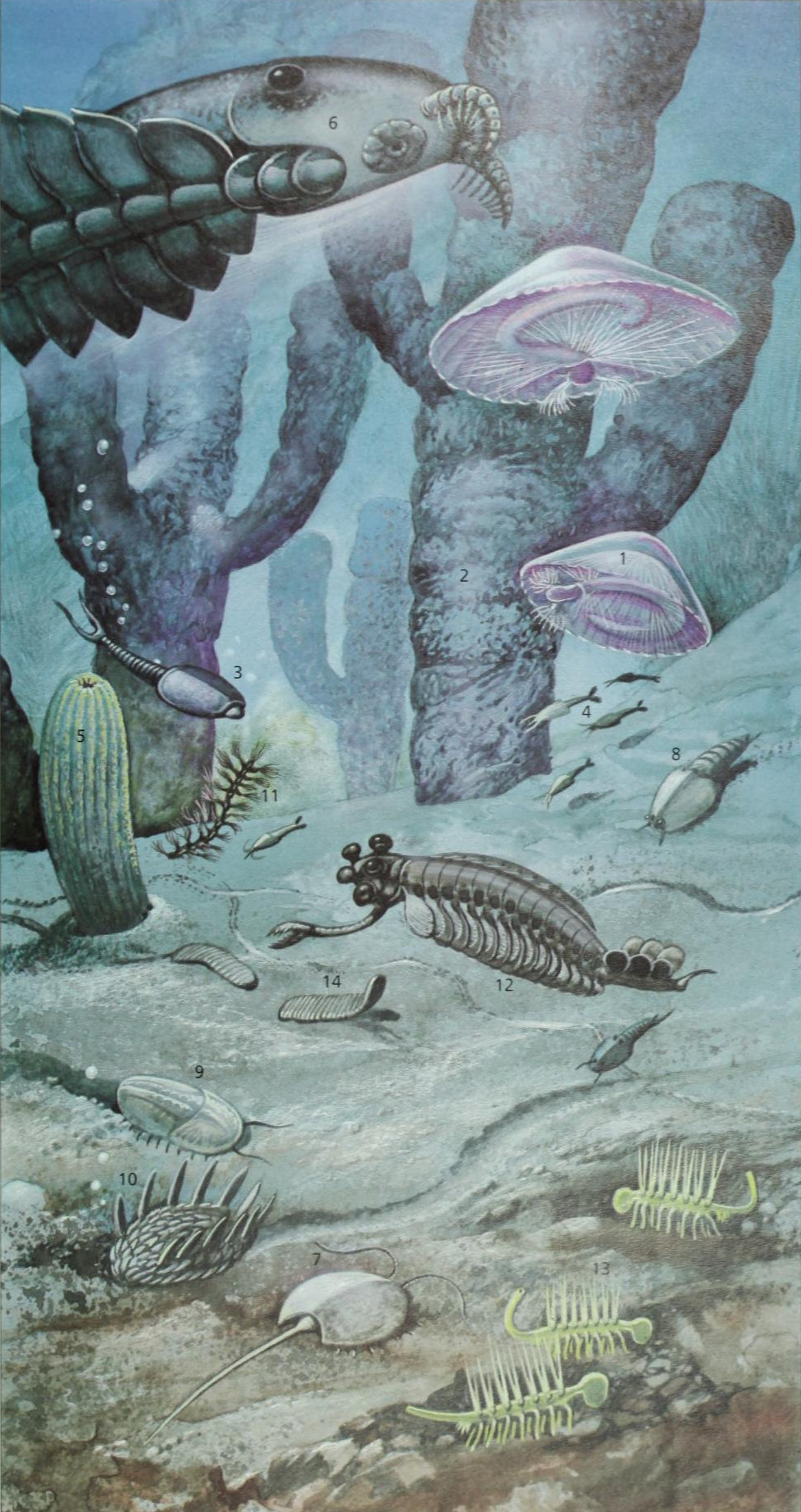
The Young Oxford Book of the Prehistoric World. 1995.
#prehistoric#prehistoric marine life#eldonia#vauxia#protocaris#plenocaris#mackenzia#anomalocaris#burgessia#canadaspis#naroia#wiwaxia#opaninia#hallucigenia#odontogriphus
240 notes
·
View notes
Text
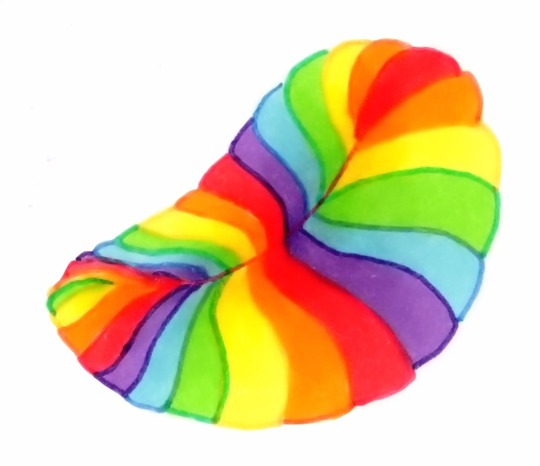
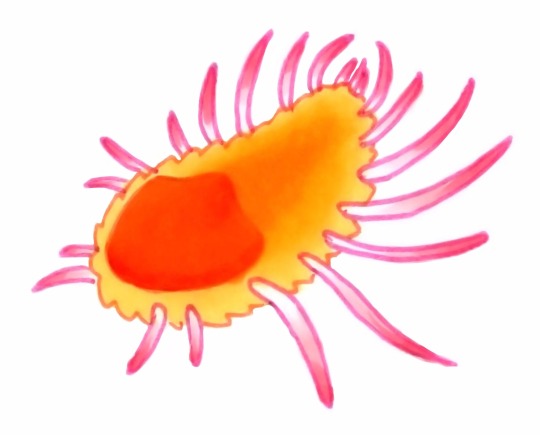

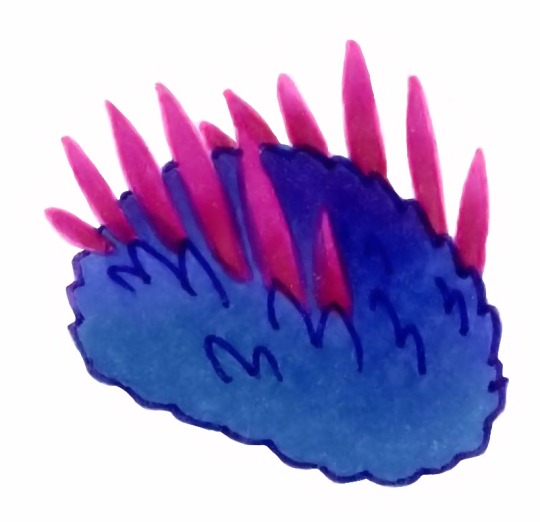

Very old critters in new colours
Dickinsonia | Orthrozanclus
Burgessia
Wiwaxia | generic Trilobite
#lgbt#traditional art#copicmarkers#pride#cambrian#ediacaran#gay#queer#translobite hehehe#would have gone for a specific trilobite but couldn't come up with a pun so :/#(yes they're all puns thanks for noticing <3)#palaeo#(gay lesbian mlm bi trans)
2K notes
·
View notes
Photo


Cambrian Explosion #50: Artiopoda – More Than Just Trilobites
The dominant group of Cambrian euarthropods were the artiopodans, a hugely diverse and long-lasting lineage that included the familiar trilobites along with all their close relatives.
They were some of the first euarthropods to appear in the fossil record, with fully formed trilobites seeming to "suddenly" appear about 521 million years ago and quickly spread worldwide. With the ancestral euarthropods estimated to have arisen between 550 and 540 million years ago, and the ancestral artiopodans not long after that, this means there must have been a lot of very rapid evolution and diversification in the space of just 20-30 million years.
Artiopodans were generally seafloor-crawling animals with flattened bodies and wide flaring segments in a trilobite-like shape. Different species could range from about 1mm (0.04") to around 70cm long (2'4") – with the largest Cambrian forms reaching as much as 55cm (1'10"), rivalling some of the bigger radiodonts in size.
Their exact position within the euarthropod family tree is still uncertain and varies from analysis to analysis, sometimes allied with the chelicerates in a group known as arachnomorphs, or sometimes instead placed as stem-mandibulates. Also sometimes the marrellomorphs are considered to be closely related to them.
———
Sidneyia inexpectans was an artiopodan from the Canadian Burgess Shale deposits (~508 million years ago). Up to about 12cm long (5"), it had a somewhat boxy shape with three clearly defined body regions – a head shield with small stalked eyes protruding from the sides, a segmented thorax, and a tail with a fluke-like tail fan.
It was probably a bottom-dwelling predator and scavenger, and preserved gut contents show it mainly fed on hard-shelled prey like small trilobites.
It seems to have had a fairly widespread distribution, with fossils also known from similarly-aged deposits in North China. Possible additional fossils have also been found in Greenland and the United States, and a potential second species Sidneyia sinica in the 10-million-year-older Chengjiang deposits in southwest China, but these aren't widely accepted as being valid.
Living alongside Sidneyia in the Burgess Shale ecosystem was the enigmatic Burgessia bella. About 4cm long (1.6"), it resembled a tiny horseshoe crab with a rounded carapace, a pair of antennae, and a long tail spine. It had no eyes and was probably a seafloor scavenger, feeding on carrion and organic detritus.
Its evolutionary affinities are uncertain, but it's often placed as a close relative of either the marrellomorphs or the artiopodans.
———
The xandarellids were a group of rare artiopodans characterized by unmineralized shells, large semicircular head shields, and "segment decoupling" – having each plate on their backs associated with multiple pairs of legs instead of just one, with the number of legs per plate increasing further towards the rear of their bodies.
They're known mainly from the Chinese Chengjiang fossil deposits (~518 million years ago), but a single species in the younger Moroccan Tatelt Formation (~508 million years ago) indicates they had a wider and longer range than previously thought.
Cindarella eucalla from Chengjiang is one of the better-known members of this group, with both its exoskeleton and some of of its soft-part anatomy preserved in some specimens.
It was a fairly big euarthropod for the time at about 12cm long (5"), and had nearly 40 pairs of legs but only about 23 body plates, some of which were completely covered by its large head shield. Its stalked eyes stuck out from under the sides of its head and had around 2000 lenses each, suggesting it had excellent vision.
It was probably an actively mobile animal living on or near the seafloor, either hunting smaller animals or scavenging, with its keen eyesight allowing it to both locate food in low-light conditions and avoid larger predators like radiodonts.
———
Nix Illustration | Tumblr | Twitter | Patreon
#science illustration#paleontology#paleoart#palaeoblr#cambrian explosion#cambrian explosion 2021#rise of the arthropods#artiopoda#sidneyia#burgessia#cindarella#xandarellida#marrellomorpha#euarthropoda#arthropod#panarthropoda#ecdysozoa#protostome#bilateria#eumetazoa#animalia#art#the prettiest cambrian princess
142 notes
·
View notes
Photo

Dombeya burgessiae 'Seminole' will quickly fend off any winter blues caused by this gray and soon-to-be-rainy day. Half-price admission continues through the end of February. Tom Hennessy image. #plants #rva #pink #dombeya #rvagardentrail #publicgardens #flowers #winter #flowerstagram #bloom (at Lewis Ginter Botanical Garden)
3 notes
·
View notes
Video
2/26/20 - second comp test of shot 27, this time improved from the previous version. Haplo now has correct textures, the layout has been updated, and the resolution is now correct. Burgessia will need to be given flat colors, ask Devon if we’d like particle effects in this shot and how we’ll accomplish that. I believe overall this shot is very close to final.
0 notes
Photo
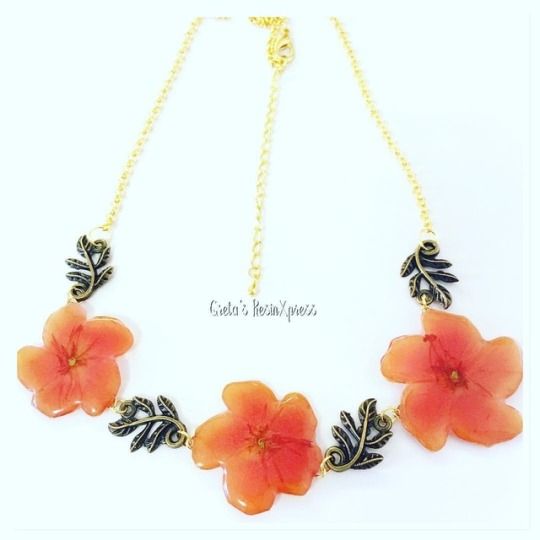
🎼 Take my breath away .... • • • #beautiful #driedflower #handpicked from #mygarden ~ encased in RESIN and #handmade into a #pendant #necklace :-) Did you know that: * this flower is called #dombeyaburgessiae or better known as #pink #wild pear ? * This flower has #medicinal properties? * These plants grow chiefly throughout Africa and Madagascar. * The bark fibre of Dombeya burgessiae is widely used for binding and for making ROPE. In Kenya the fibre is traditionally used for making BASKETS and the famous #KIONDOBAGS * In Kenya the wood is used for construction and for making BOWS * In Mozambique the wood is used for bows, TOOL HANDLES and for firewood. * The wood is widely used to LIGHT A FIRE ~ by friction. * In Malawi and Mozambique the pith is boiled and EATEN as a side dish. * Like other species of the genus, Dombeya burgessiae is valuable as bee forage and the HONEY produced is exceptionally good with fine crystallization. * Dombeya burgessiae is cultivated as an ornamental in southern Africa. * In traditional #MEDICINE in Kenya the bark is boiled and the decoction drunk or the bark is chewed as an #APHRODISIAC * An infusion of the roots is taken to cure STOMACH PAIN * In Tanzania a decoction of the leaves is drunk and pulped leaves are applied to LEPROSY SORES * Can now be found in many other countries including my own #australia ~ where it's only use is to make gardens look #pretty • • • #Iloveyou #gift #forher #driedflowers #mothernaturesbeauty #unique #handmadejewellery #mylook #accessories #jewellery #fashionaccessories #necklaceoftheday #goodmorningworld ~ Express Yourself #gretsresinxpress
#australia#unique#medicinal#forher#goodmorningworld#gift#dombeyaburgessiae#iloveyou#kiondobags#driedflowers#aphrodisiac#mothernaturesbeauty#gretsresinxpress#pink#necklaceoftheday#necklace#pendant#pretty#handmadejewellery#handpicked#mygarden#jewellery#accessories#mylook#wild#beautiful#handmade#driedflower#fashionaccessories#medicine
0 notes
Photo

Burgessia bella
by extinction-illustrated
#digitial#burgessia#Burgess Shale#arthropod#Cambrian#burgessia bella#paleoart#purple#purple and blue#blue and purple
42 notes
·
View notes
Photo

The Burgess’s one, Burgessia (1912)
Phylum : Arthropoda
Genus : Burgessia
Species : B. bella
Middle Cambrian
3 cm long (size)
Burgress shale, Canada (map)
Burgessia is an extinct genus of arthropod from the Middle Cambrian. Its fossils have been found in the Burgess Shale in British Columbia, Canada. Many of its fossils have been found. 1383 specimens of Burgessia are known from the Greater Phyllopod bed, where they comprise 2.63% of the community.
80 notes
·
View notes
Photo

🎼 Take my breath away .... • • • #beautiful #driedflower #handpicked from #mygarden ~ encased in RESIN and #handmade into a #pendant #necklace :-) Did you know that: * this flower is called #dombeyaburgessiae or better known as #pink #wild pear ? * This flower has #medicinal properties? * These plants grow chiefly throughout Africa and Madagascar. * The bark fibre of Dombeya burgessiae is widely used for binding and for making ROPE. In Kenya the fibre is traditionally used for making BASKETS and the famous #KIONDOBAGS * In Kenya the wood is used for construction and for making BOWS * In Mozambique the wood is used for bows, TOOL HANDLES and for firewood. * The wood is widely used to LIGHT A FIRE ~ by friction. * In Malawi and Mozambique the pith is boiled and EATEN as a side dish. * Like other species of the genus, Dombeya burgessiae is valuable as bee forage and the HONEY produced is exceptionally good with fine crystallization. * Dombeya burgessiae is cultivated as an ornamental in southern Africa. * In traditional #MEDICINE in Kenya the bark is boiled and the decoction drunk or the bark is chewed as an #APHRODISIAC * An infusion of the roots is taken to cure STOMACH PAIN * In Tanzania a decoction of the leaves is drunk and pulped leaves are applied to LEPROSY SORES * Can now be found in many other countries including my own #australia ~ where it's only use is to make gardens look #pretty • • • #Iloveyou #gift #forher #driedflowers #mothernaturesbeauty #unique #handmadejewellery #mylook #accessories #jewellery #fashionaccessories #necklaceoftheday #goodmorningworld ~ Express Yourself #gretsresinxpress
#mygarden#accessories#forher#handmadejewellery#dombeyaburgessiae#driedflower#medicinal#beautiful#unique#necklaceoftheday#handpicked#necklace#medicine#gretsresinxpress#mothernaturesbeauty#handmade#gift#australia#pendant#wild#fashionaccessories#pretty#kiondobags#aphrodisiac#driedflowers#pink#jewellery#goodmorningworld#iloveyou#mylook
0 notes